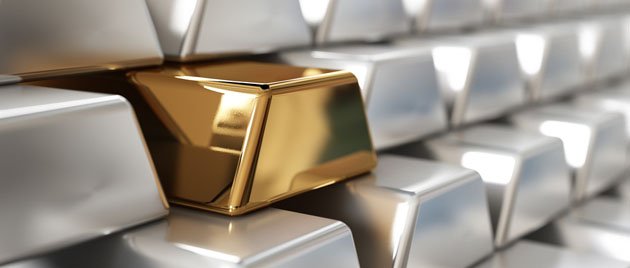Value in itself is very difficult to define. Although there are many sectors of value and ways to give value to various assets, how does one tell which assets have real intrinsic value? And can those assets be a successful medium of exchange? As we dive into the different sectors of value, ask yourself what you believe to have real intrinsic value.
Habitual Value:
People who don’t understand money believe in this type the most. Habitual value is referring to those “assets” that have value because people were raised believing that way. Cash is a great example of this. Why does a green piece of paper represent money? How can the same paper with different numbers on it have such different values? For our monetary system, these pieces of paper have value, but intrinsic value? That’s a big no.


Use Case Value:
There is definitely a case to be made for these substances with a real life use case. Coffee beans, steel, tobacco, copper, or even silver have many real life uses for them, but they could never have what it takes to be a long term successful money. They would be too easy of a money and could be farmed or mined at ease inflating the system till it collapsed. Now, some might disagree with my thoughts on silver as money, but if you look at the history of what the gold standard did, it becomes easy to see how gold made silver useless as a money.
Rarity Value:
Some people believe that there are elements that have value purely based on the fact that they are rare. This is utterly false and they fail to recognize our own biases in those decision makings. For example, for every ounce of gold mined, about 10.48 ounces of silver are mined. Yet, gold is much more than 10.48x the price of silver. Silver is also more widely used in electronics and construction as well. So why is the value so much different? Because we view gold as being more valuable in our own minds. Rare items such as art and sports memorabilia can and have been forged as well and their rarity cannot give them true intrinsic value either. This thing we call intrinsic value is often skewed in our own minds.
“Intrinsic Value”:
When we say something has intrinsic value, we refer to it being real, tangible and usually having a long standing historical value. Gold and silver are usually considered to have real intrinsic value, but do they really have that value or do we give it to them? Let’s consider a paradox of value.
Paradox of Value:
Say you are on a game show and win a prize. You can choose between a gold coin, or a bottle of water. You will always choose the gold. Now imagine you are lost in a desert for days and someone came and offered you either that gold coin or the water, what would you choose? It will undoubtedly be the water unless you were already delusional at that point. Why? Because water has real value as it’s a necessity of life.
What Is Value?
We place value in these precious medals and other luxury goods, but what really has value are the necessities of life and real use case goods. Sadly, these cannot be monies, but what we can do is find the hardest forms of money and implement them into our lives and hopefully our monetary systems. For these reasons, Bitcoin has been such a success and will continue to gain in popularity and adoption through these next years and decades.
Please Like and Share :)
To the question in your title, my Magic 8-Ball says:
Hi! I'm a bot, and this answer was posted automatically. Check this post out for more information.
Downvoting a post can decrease pending rewards and make it less visible. Common reasons:
Submit